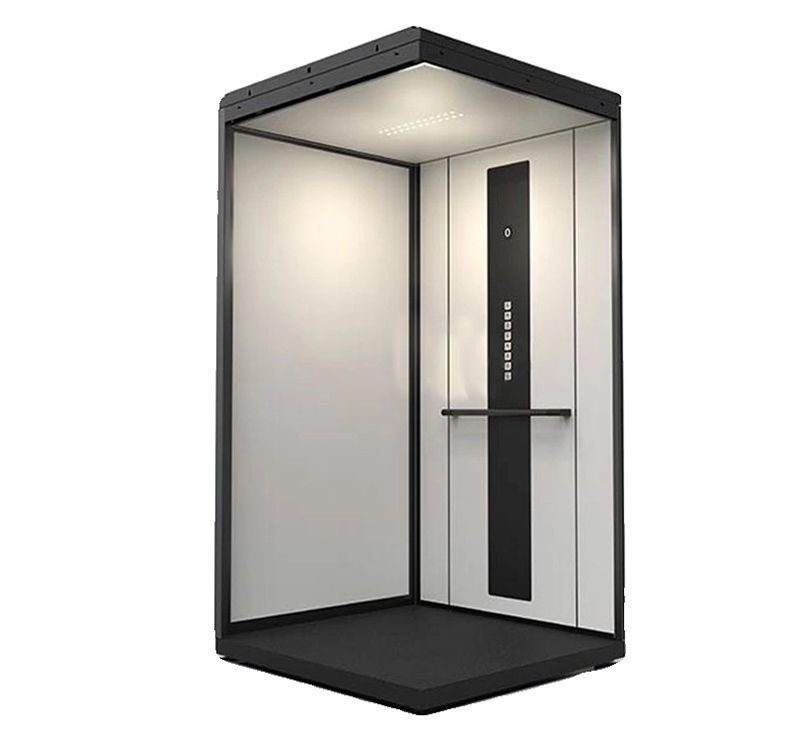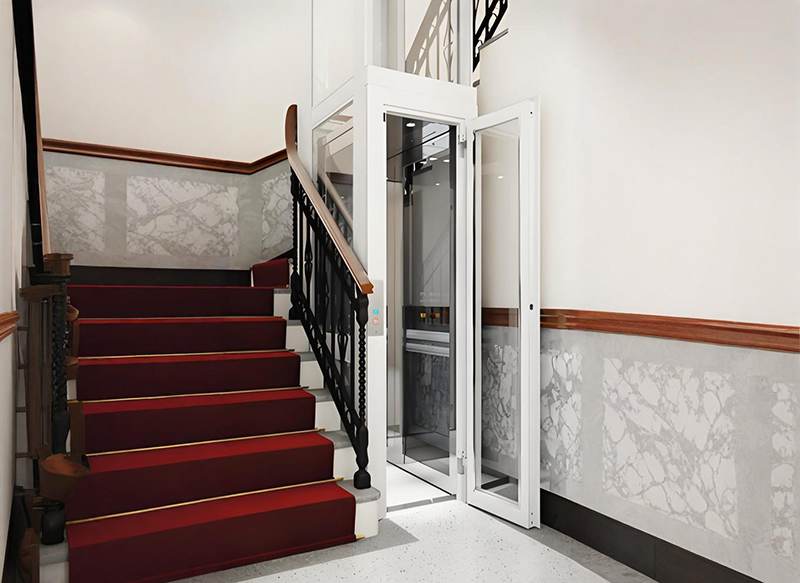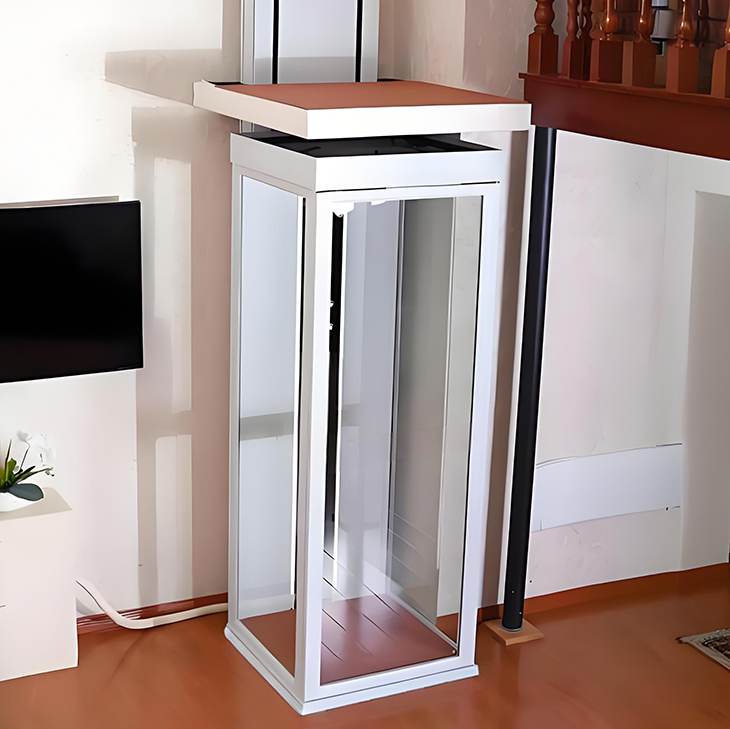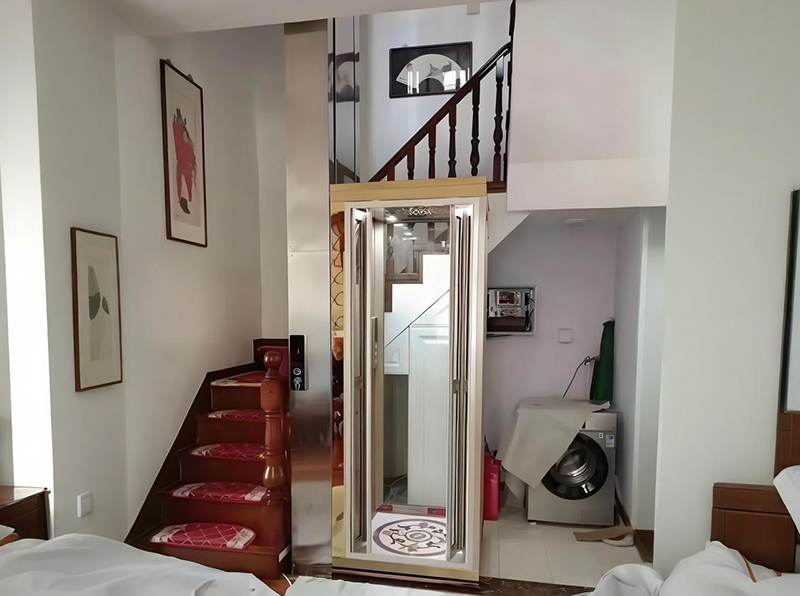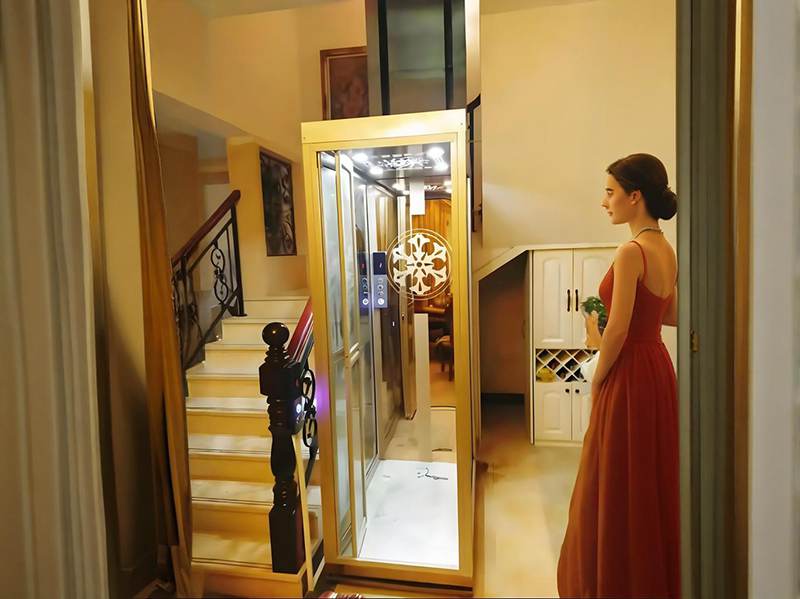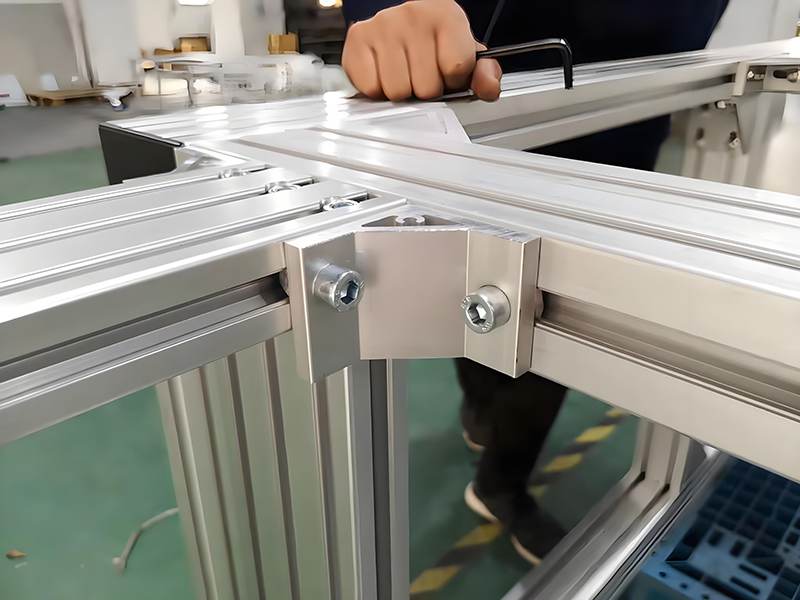Home Elevator Company — A Practical Guide for Customers and Business Owners
Installing a residential elevator is more than a convenience — for many families it’s a safety and accessibility upgrade that enables “aging in place,” increases resale appeal, and opens new markets for contractors and elevator companies. This guide explains what home elevator companies offer, realistic cost ranges, regulatory and permitting essentials, market context, and a checklist to help customers and business owners make smart decisions.
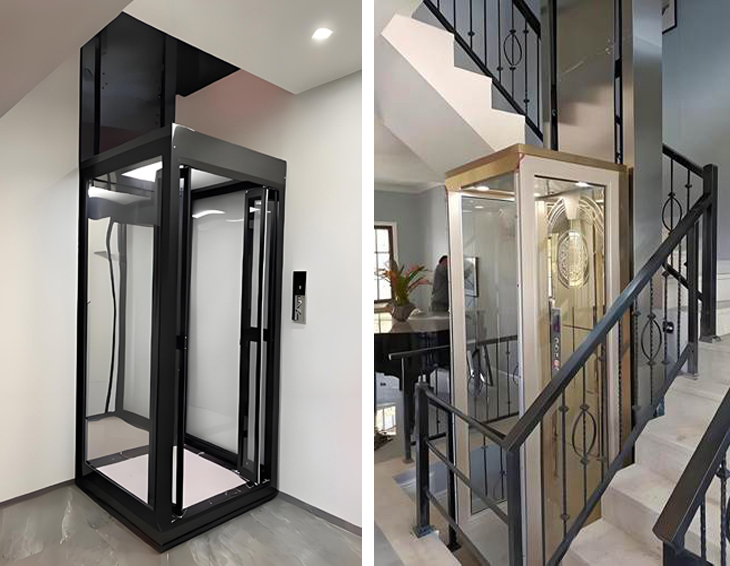
What a home elevator company does
A professional home elevator company typically handles one or more of the following services:
-
Site assessment and feasibility (structural requirements, shaft vs. shaftless, ceiling heights).
-
Product selection and customization (cab finishes, load capacity, travel distance).
-
Permits, code compliance and inspections.
-
Delivery, installation, testing and commissioning.
-
Ongoing maintenance and emergency service plans.
Some companies focus only on sales and installation for specific product lines; others provide full-service design, structural work, and maintenance contracts.
Typical costs (real-world ranges)
Home elevator cost varies widely by type (shafted, shaftless, pneumatic, stair-climbing lift), number of stops, cab finishes, and local labor/permit fees. Popular home-contractor aggregators report typical installed ranges from roughly $2,700 to $6,000 for small pneumatic or through-floor residential lifts up to $25,000–$60,000+ for higher-end shafted systems with multiple stops and custom finishes. Always get multiple written quotes that include permits and site work. Home Advisor
Regulations, standards and permits — what companies must know
Residential elevators must meet recognized safety and accessibility codes. The U.S. Access Board and related guidance reference compliance with the ASME safety codes (A17.1/A18.1 for elevators and platform lifts), and many local jurisdictions require plan review and inspections prior to operation. Home elevator companies should be able to point to the specific code editions used for their installations and to handle local permit submittals. U.S. Access Board
Permit fees and inspection schedules vary by state and municipality. Some jurisdictions publish fee schedules for elevator plan review and inspections — these can add several hundred to a few thousand dollars to project costs and can affect lead time. Commonwealth of Pennsylvania
Why residential elevators matter for aging in place and public policy
Home modifications — including lifts and elevators — are repeatedly recommended in aging-in-place research as effective measures to maintain independence and reduce caregiver burden. Local aging services, university research, and advocacy groups encourage planning for vertical accessibility as part of long-term housing strategies. For homeowners, emphasizing the functional and safety benefits (not just luxury) helps your content resonate with searchers who are looking for solutions for older adults. AAP Labs+1
Market context (useful for companies and marketers)
The residential elevator segment is expanding rapidly as populations age and as multi-level home designs and retrofit solutions gain acceptance. Recent industry reports estimate significant market growth (multi-billion-dollar global market projections), driven by aging demographics, home renovation demand, and improved product affordability. Including up-to-date market numbers and citeable reports in service pages and investor-facing content helps establish authority. Fortune Business Insights
How customers should pick a home elevator company (practical checklist)
-
Ask for local references and photos — installed projects in similar homes.
-
Verify certifications and code familiarity — have they installed to ASME A17.1/A18.1 or local code? Ask which edition they follow. U.S. Access Board
-
Get itemized quotes — separate product, structural work, electrical, permitting, and inspections.
-
Confirm warranty & maintenance — get details for parts, labor, and emergency service response.
-
Confirm permitting — ensure the company pulls permits and schedules inspections (local fees may apply). Commonwealth of Pennsylvania
-
Check insurance and bonding — contractor liability and workers’ comp are must-haves.

